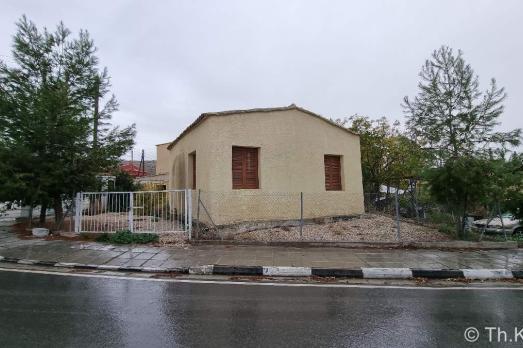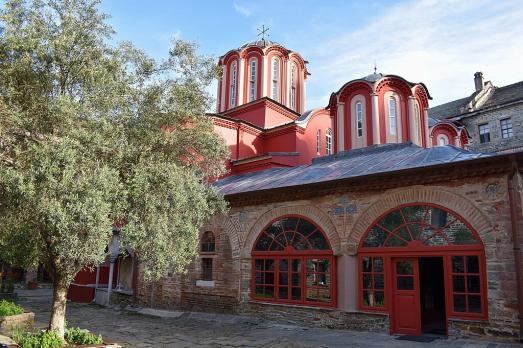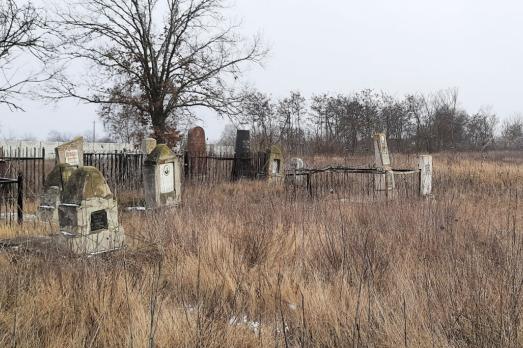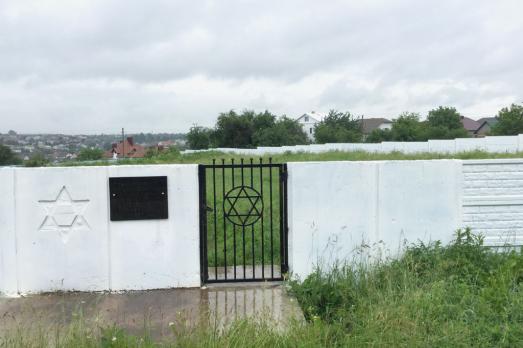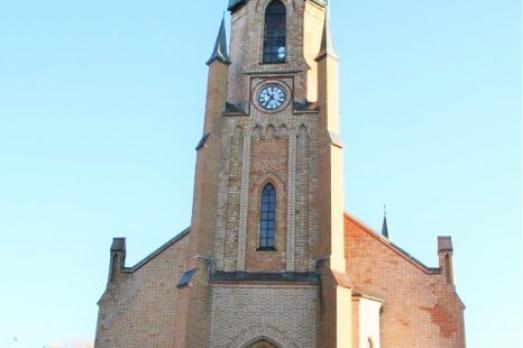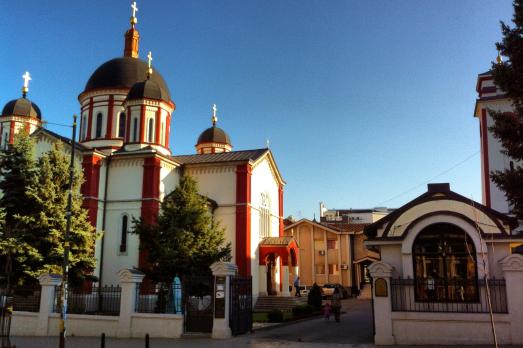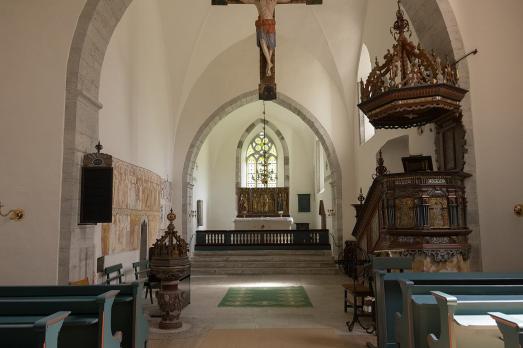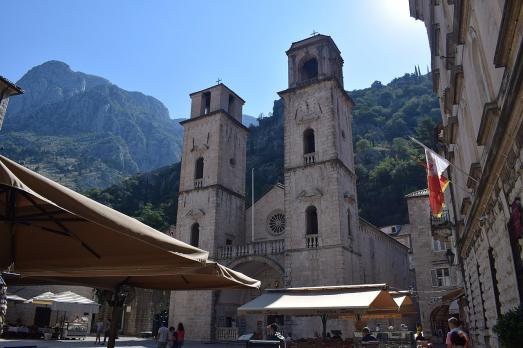
Kotor Cathedral
Kotor, ME
Kotor Cathedral, which dates from the 11th century, is one of the two Catholic cathedrals in Montenegro. It is currently the finest example of Romanesque architecture on the entire Adriatic coast, with walls decorated with 14th-century frescoes. The building was severely damaged in the earthquake of 15 April 1979.
